Chomolhari or Jomolhari Trek
October through June
On Request
12 Days / 11 Nights
Min. 4 / Max 12 Trekkers
Moderate
Camping, Mountain Lodges
Max 5002 Mt
Chomolhari or Jomolhari Base Camp Trek
Explore some of the oldest monuments in the country. The Chomolhari Trek is Bhutan’s most recognized trek, following the crystal-clear, trout-rich stream of Paro Chu along the green alpine meadows. If you seek a relatively short but rugged high-altitude trek with ample time for unique cultural insights, then the Jomolhari trek is a perfect choice. First, we begin past Drugkyel Dzong at Shana, in the picturesque Paro Valley. Next, we penetrate the stunning rhododendron forests and wind up the valley as we cross and recross clear glacial streams. The landscape eventually opens to lush meadows and leads us to Jangothang, where we camp below Jomolhari, 7314 meters sacred peak. Next, we continue toward the Nile La pass at 4700 meters. We are greeted with views of Jichu Drake 6794 meters and Tshrim Khang before making the gradual crossing of the Pass, looking at the views of the Lingshi Dzong perched high on a hilltop. Finally, the trek’s most challenging day sees us crossing the 4950 meters of Yale Pass before we descend to the Thimphu River and Thimpu, the Bhutanese capital. This is quite a short but challenging trek that gives mountain views generally reserved for much longer hikes.

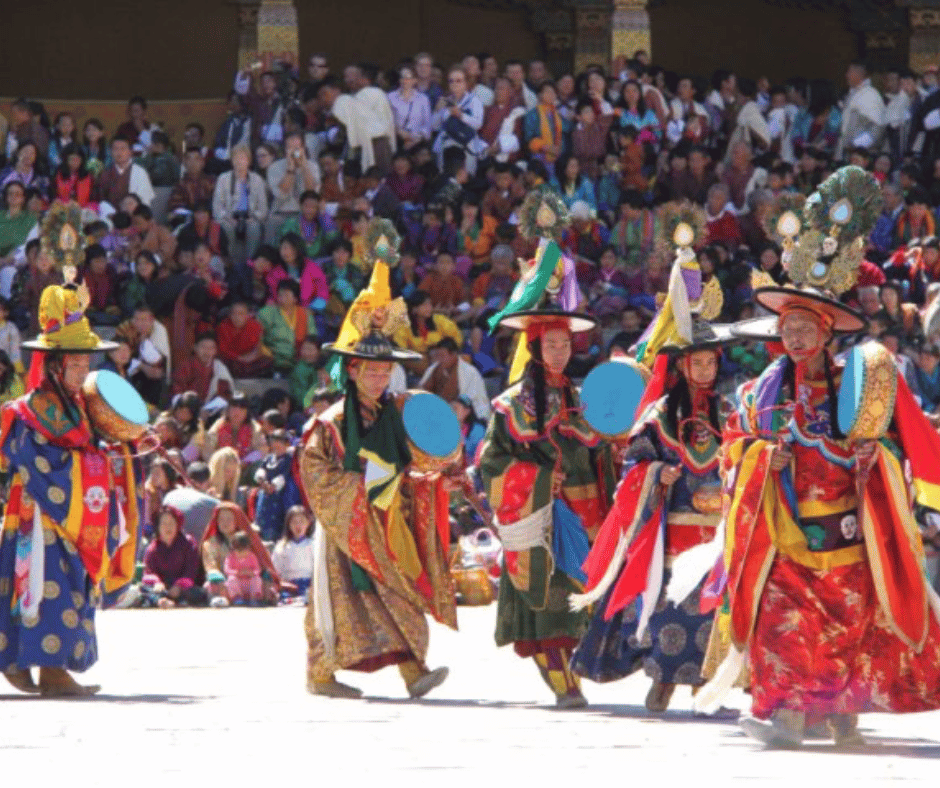

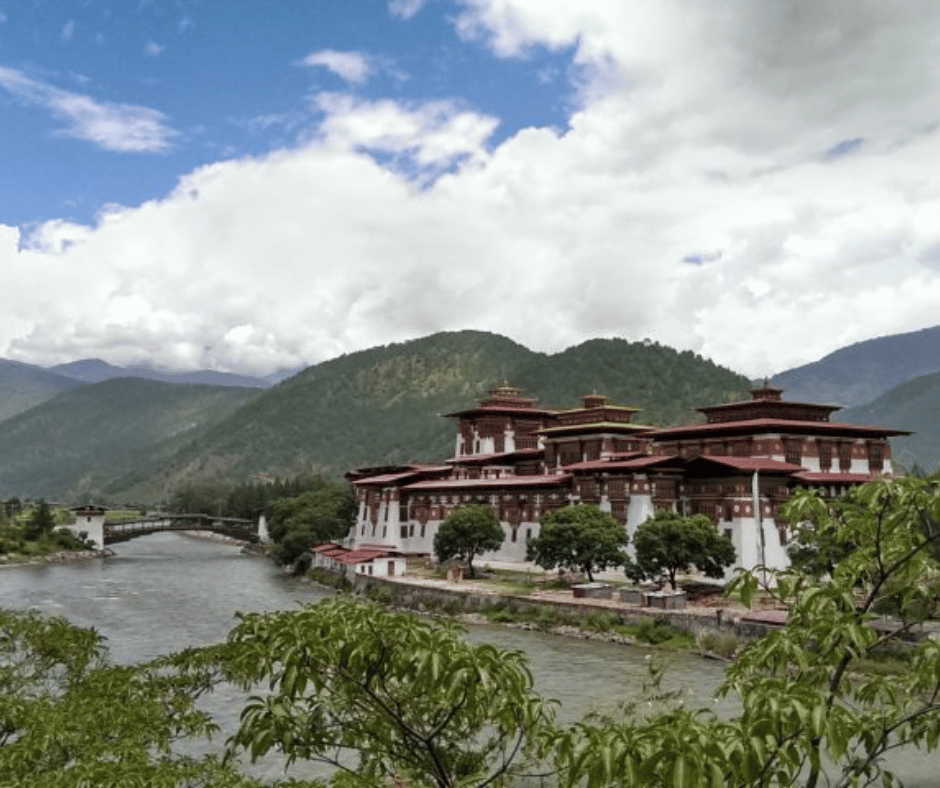
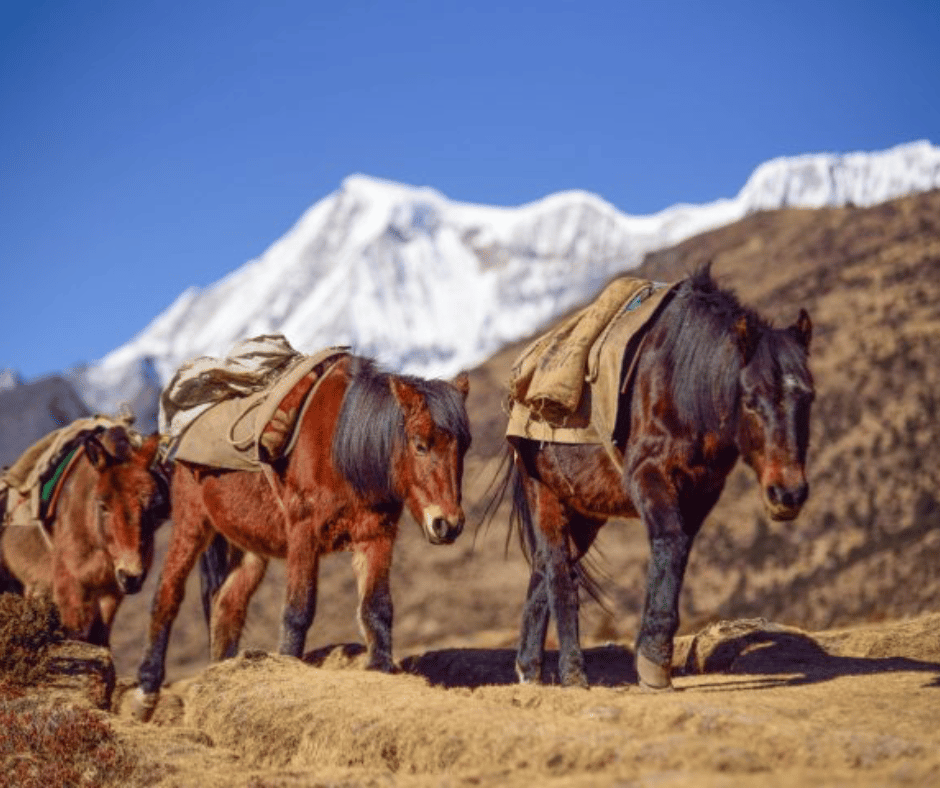
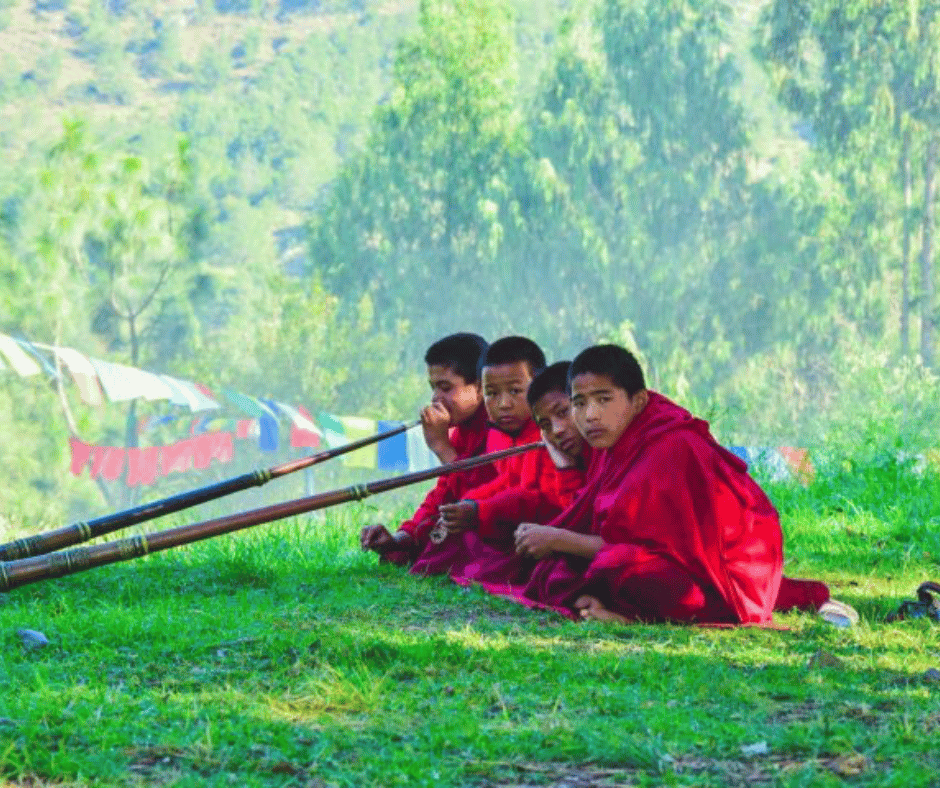
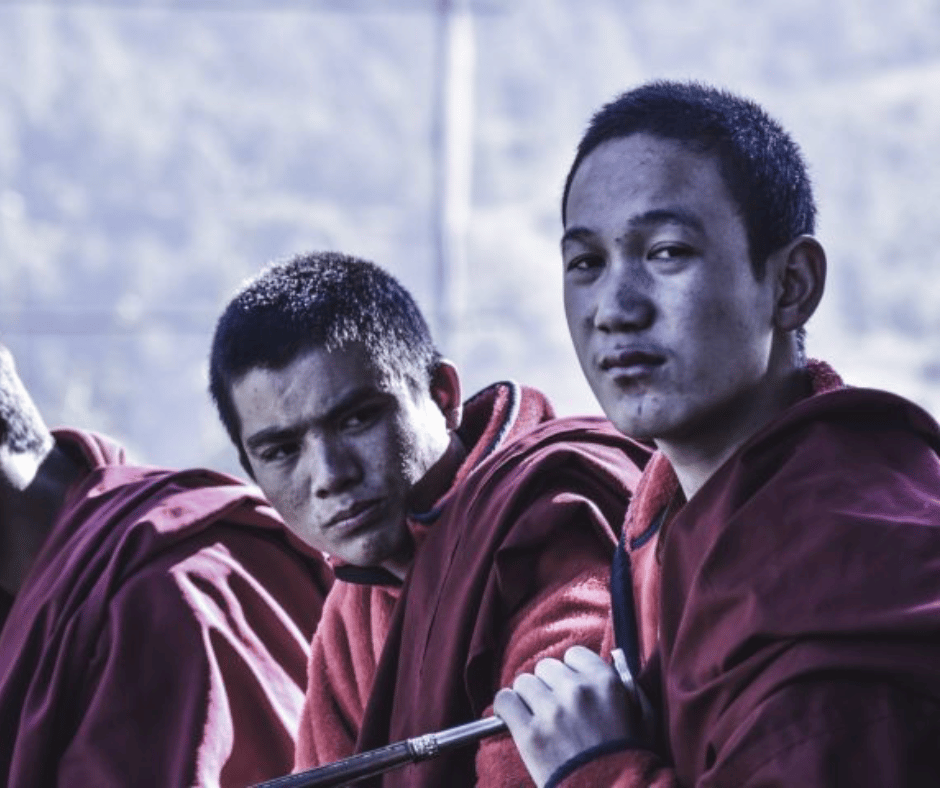
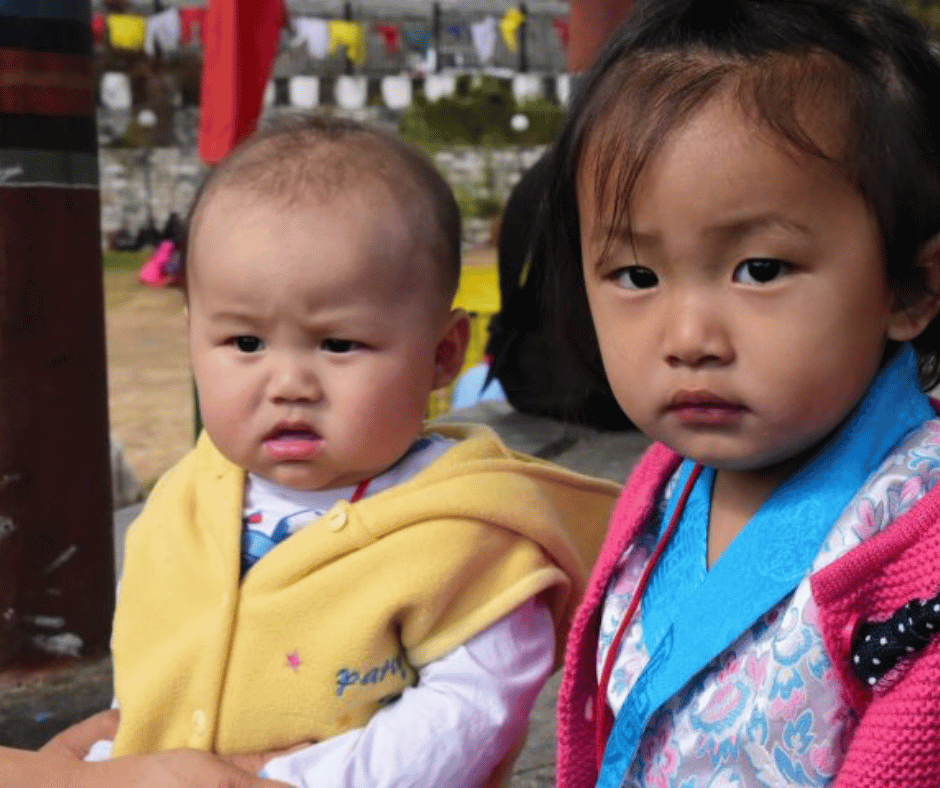
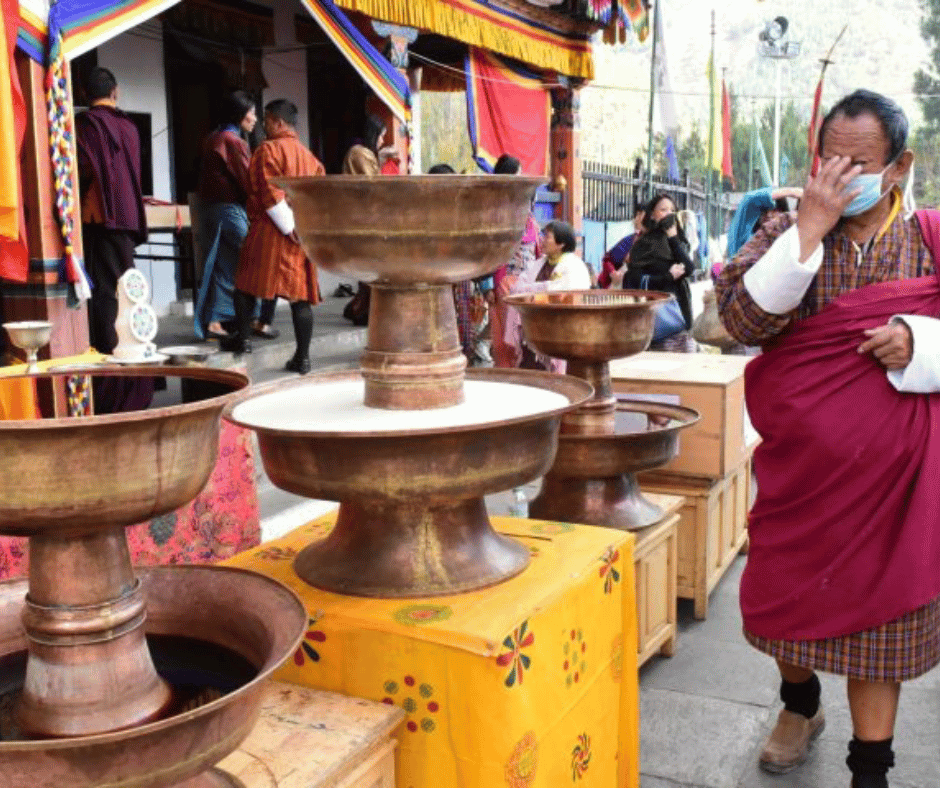
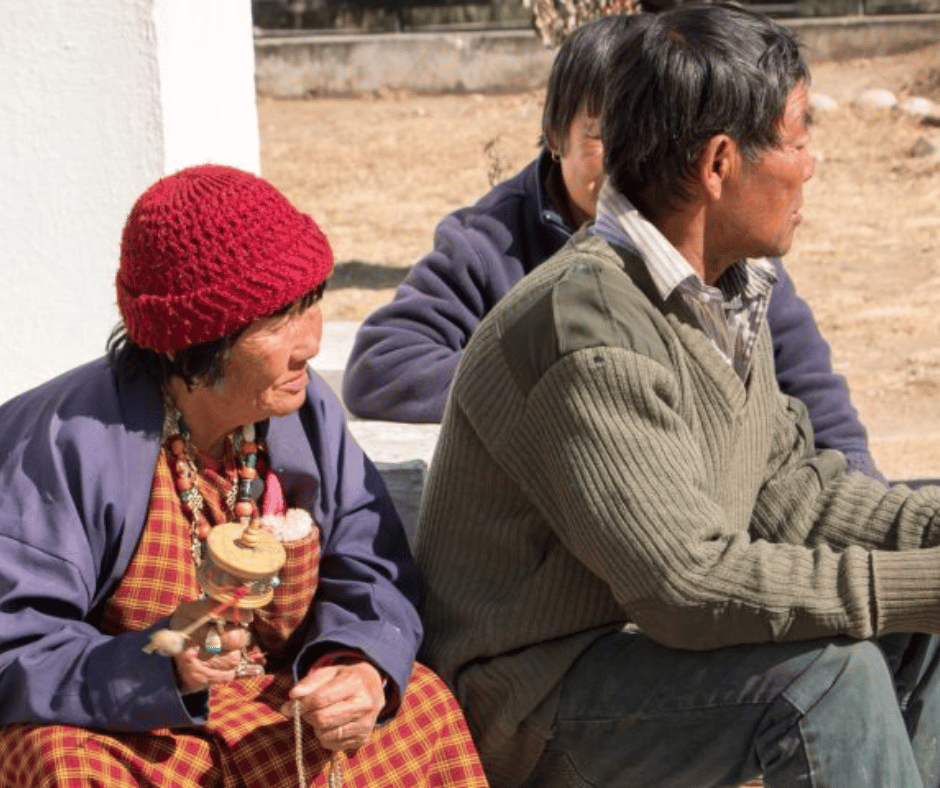
Itinerary
You will meet your Bhutanese guide and drive a short distance via the main street of Paro to your accommodation. We have planned visits to the central part of town and a visit to the National Museum, at some stage of our visit, depending on our arrival time at Paro and when the trek preparations are complete. The touring program will take you to the impressive Paro Dzong (Fortress), which dominates the valley and is the most crucial Dzong of Bhutan. It is the basis by which all other dzongs are built. Ta Dzong, the watchtower above it, is also an impressive structure that houses the National Museum. It is very informative and houses priceless jewellery and specimens of the kingdom’s unique flora and fauna, old costumes, and battle dresses within the museum. Midtown Paro is a diverse collection of shops selling essential goods and wood, cloth, and metalware handicrafts. Archery is the national sport and is practised all over Bhutan. We will see numerous shooting ranges during our travels. Overnight: Hotel.
An exciting and informative day as an introduction to this beautiful country (described in part above). The Paro valley is gorgeous as a location for various farming activities, including commercial quantities of strawberries, asparagus, and shitake mushrooms for export, plus different vegetable crops and grains. It is a mixture of colours portrayed by well-kept and ornately decorated farmhouses. The surrounding slopes of the valley are forested, and the hint of snowy peaks beyond is enticing. We spend this morning hiking and exploring the Tigers Nest Monastery or Taktsang, known locally. It is a short drive from our resort. It takes us about ninety minutes to hike up the steep winding trail through Chir pine forest to a tea shop, an excellent vantage point. It takes another thirty minutes or so to reach the monastery. The monastery is the sacred place where Guru Rimpoche, revered as the founder of Tibetan Buddhism, rested. You must repack and sort your trekking and non-trekking gear stored with our local partner. The driver will bring the stored luggage to our hotel in Thimpu at the end of our trek. Overnight: Hotel
Drive past Drukyel Dzong 2580 meters to Shana 2860 meters and commence trek to Thongo Zampa 3250 meters, 11 km, 4 hours.
We have a short drive of approximately twenty minutes up the Paro valley to Drukyel Dzong. It was built as a fortress in 1647 to guard the Paro valley against invading Tibetans. We continue driving to Shana (sixty to ninety-minute drive), the starting point of our trek. We pass through the farming countryside with fields of rice, wheat, barley, mustard, potato, and radish, as well as herds of cows on this scenic drive. You can see traditional Bhutanese two-story, wooden, and stone houses here. We get the first views of the summit of Jomolhari, 7314 meters at the head of the valley. We get started and take a lunch break where it suits us, as we will have packed lunches. The trail is flat and wide as it winds steadily across lightly forested fields. It is a good day’s walk for our first hike, taking us past Thongo Zampa.
Overnight camp.
We are hiking in the Jigme Dorje National Park, the largest protected area in Bhutan, 4350 sq. km. It extends beyond Laya to Lunana to the east and all the southern territory. The park management, based at Gasa, has to cope with lowland farmers and semi-nomadic yak herders despite being a protected wilderness. There is a fantastic variety of flora and fauna at both the high and low altitudes of the park. The forests are lush, tall, and thick. It combines alders maple, oaks, birch, and larch pine. The flora gets replaced by rhododendron and pines as we hike in higher elevations. The rhododendron species changes from the common rhododendron arboretum (Nepal’s national flower) to griffithianum and cinnabarinum as we climb higher. Most of our campsites are not settlements, as suggested by their place name. Most are suitable locations besides a water source, which happens to be a clearing that seasonal yak herders and workers use.
We continue to a superb alpine setting as we climb higher to the base of Jhomolhari. Mount Jichu Drake 6794 meters rises to the right, with a subtle, lovely ridge running down toward the pass we cross the next day of trekking. Like their Tibetan counterparts, we camp in the area of yak herders from the Paro Valley, who live in woven yak wool tents throughout the summer. We are above the treeline over here, and the area is marked by low tundra of juniper and rhododendron. One can spot Blue sheep in the higher rocky outcrops.
An important day is set aside for acclimatization. An excursion up the small valley towards Jomolhari leads us to dramatic views of the glacier and the fantastic face of this 7000 meters mountain. Alternatively, we can take a scenic side trip to Sopu lake close to Nye La pass; both are decent photo trips. Like the rest of the peaks in Bhutan, these two peaks have seen little mountaineering activities.
Doug Scott finally managed to climb Jichu Drake successfully on his third attempt. However, it demonstrates that climbing conditions are not accessible in this far east location of the Himalayas as it is first in line geographically for monsoonal impacts.
We begin our climb over undulating slopes of meadow and a small brush to the Nile La 4850 meters from camp. This is somewhat of a long day on the trail. If this is your first Himalayan pass, take your time, especially on the steeper parts below the pass, where the grasses give way to sand and scree. The views en route to Jichu Drake are awe-inspiring. We leave Jomolhari and Jichu Drake at the back as we descend steeply through dwarf rhododendron shrub towards Lingshi village from the Nile La. We can soon see the Lingshi Dzong in the distance. It was built to protect Lingshi and the other peripheral villages of Bhutan from Tibet’s periodic raids. We turn off and descend to cross a stream before we reach the village and the Dzong. A descent follows a short but arduous climb into the quiet valley. We camp by a stream.
Today is the most arduous day so we will have an early start. We begin our walk gradually ascending through the valley until the uphill climb to Yale la pass at 4950 meters. This is the highest point of the tour. The last stretch to the top of the pass is challenging but worth every laborious step! The picturesque view of Jomolhari 7314 meters, Jichu Drake 6794 meters, and Tshrim Gang are breathtaking. It is a long descent of 1000 meters to our camp at Shodu from the pass.
The trail follows the Thimphu River as we descend through rhododendron, pine, and juniper forests. The view of the waterfalls and cliff-facing rocks is stunning. The trail ascends gradually after 3 to 4 hours to Barshong Dzong’s ruins until we reach our camp for the night.
Before joining the Thimphu river, the trail descends for a while, followed by gradual ascends and descends across thick bamboo and pine forests. We hike for around 2 hours to reach our former campsite at Domshesha and continue for another three to4 hours to Dolam Kencho and the road-head. Drive to Thimphu. Depending on our arrival time, we might visit the Tashichho Dzong at the time of arrival or in the afternoon. Overnight: Hotel.
This morning, we have sufficient time to get a feel for the country’s capital or do some shopping in the bazaar. Tashichho Dzong, the main Secretariat building, is the most impressive building consisting of the central Secretariat, the National Assembly Hall, the King’s Office, and the Throne Room. The uniqueness of this construction is in the traditional Bhutanese style. It is completed without any use of any nails or metal. There is a large Stupa in dedication to the late King H.M. Jigme Dorji Wangchuk, regarded as the patron of modern-day Bhutan. The Handicraft Emporium is well known for its paintings, woodcarvings, and weaving, and not forgetting the Post Office – Bhutan’s exquisite stamps are world-famous. Overnight: Hotel
This tour ends after breakfast, and you will be driven to Paro airport for your onward journey.
Inclusions
- Accommodation on twin sharing basis
- All meals on the whole trip and hotel
- Entrance fees
- Local leaders and porters/pack animals on the trek
- Food for porters and crew members
- Trek permit
- Park fees
- Staff insurance
- Transport
- Sightseeing as indicated
Exclusions
- International airfare
- Visa fee – $40 + $10 Tourism development fee
- If less than three persons F.I.T fee of US$400 for a single person. US$300 per person for two persons
- All optional additional tours or activities during free time
- Transfers outside of the tour program
- Travel insurance (you must buy insurance)
- Tips (suggested amount US$75 per week for staff only; leader’s tips at your discretion)
















